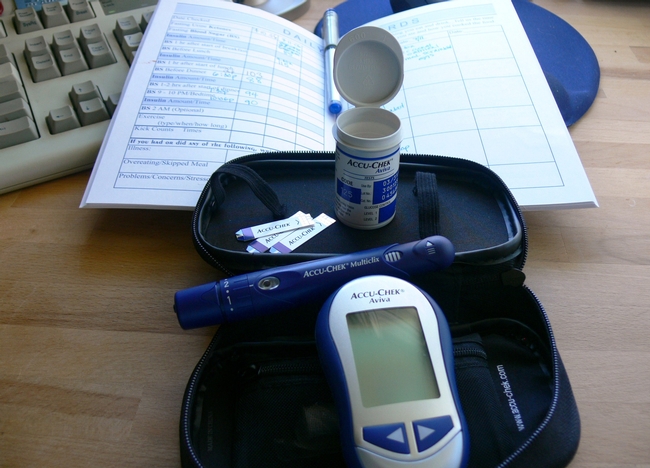
Researchers have long known that people of Hispanic/Latino background are at higher risk for type 2 diabetes than non-Hispanic Caucasians. However, most research has looked at this group as a whole, rather than as a number of different populations.
There are more than 50 million Hispanics/Latinos currently living in the United States, making up about 16 percent of the population. The U.S. Census Bureau estimates that by 2050, one in three people living in the United States will be of Hispanic/Latino origin, including such diverse subgroups as Puerto Rican, Mexican, Cuban, Central and South Americans. But, the authors wrote, “the differences in diabetes and obesity prevalence among Latino subgroups are masked when all individuals are combined into a single group."
The Hispanic Community Health Study/Study of Latinos (HCHS/SOL) was launched by the National Heart, Lung and Blood Institute in part to fill in knowledge gaps regarding the prevalence and development of chronic diseases, such as diabetes, among the diverse members of these populations. It found considerable diversity among Hispanic/Latino groups when it comes to the prevalence of diabetes, as well as a low rate of diabetes awareness, diabetes control and health insurance.
The study found that the prevalence of total diabetes (both diagnosed and undiagnosed) among all Hispanic/Latino groups was roughly 16.9 percent for both men and women, compared to 10.2 percent for non-Hispanic whites. However, when looking at Hispanic/Latino groups individually, it found that prevalence varied from a high of 18.3 percent for those of Mexican descent to a low of 10.2 percent for people of South American descent. The study showed 18.1 percent of people of Dominican and Puerto Rican descent; 17.7 percent of Central American descent; and 13.4 percent of Cuban descent living in the United States had type 2 diabetes.
As seen in other populations, prevalence rose dramatically with age, reaching more than 50 percent for Hispanic/Latino women (overall) by the time they reached age 70 and 44.3 percent for men aged 70-74. The study also found that the longer a person lived in the United States, the more likely they were to develop diabetes, and the more education and income they had, the less likely they were to develop diabetes. The authors noted that many people in the study had poor glycemic control (52 percent) and/or lacked health insurance (47.9 percent).
Source: Published originally on DigitalJournal.com as Diabetes Among Hispanics: All Are Not Equal,July 24, 2014